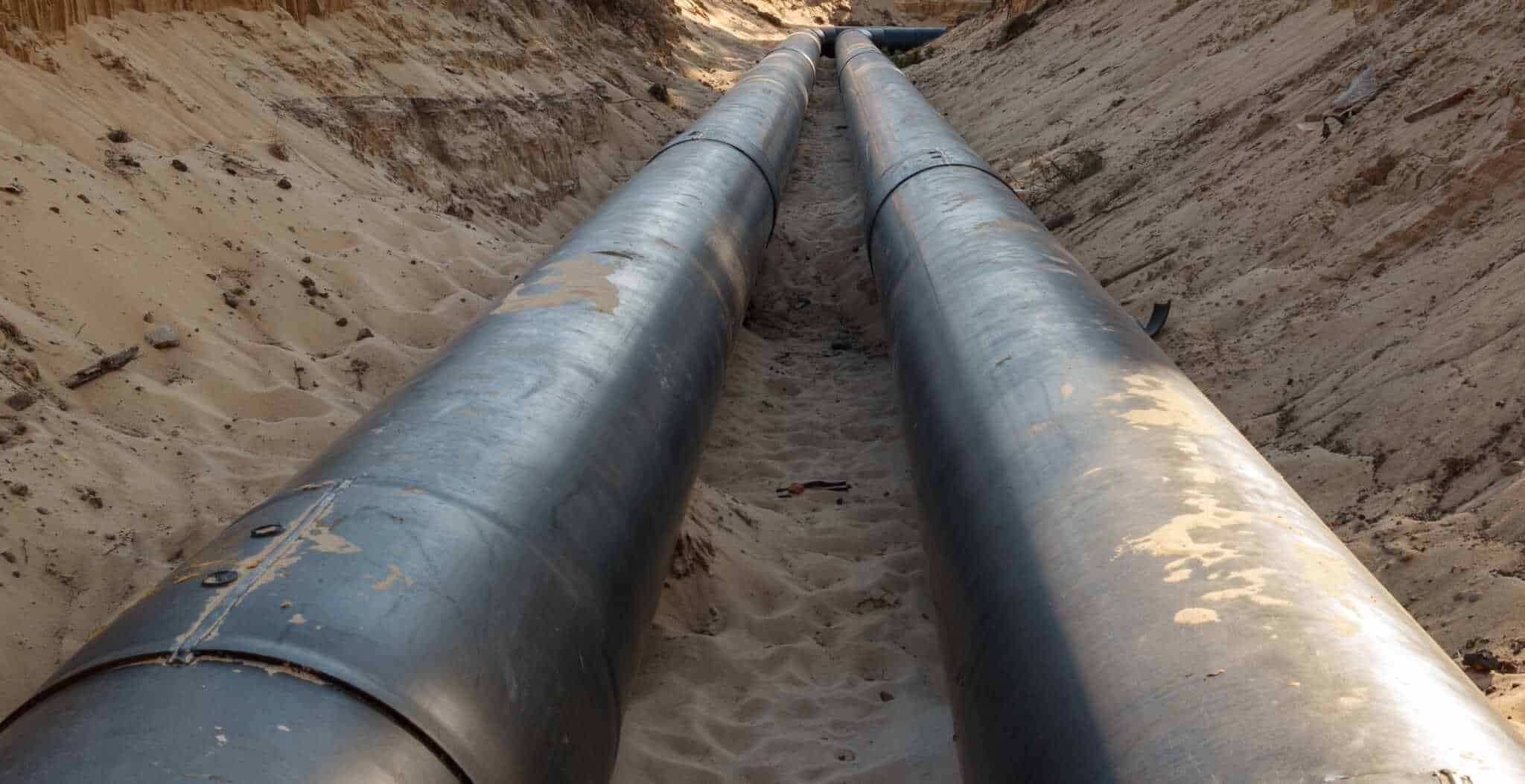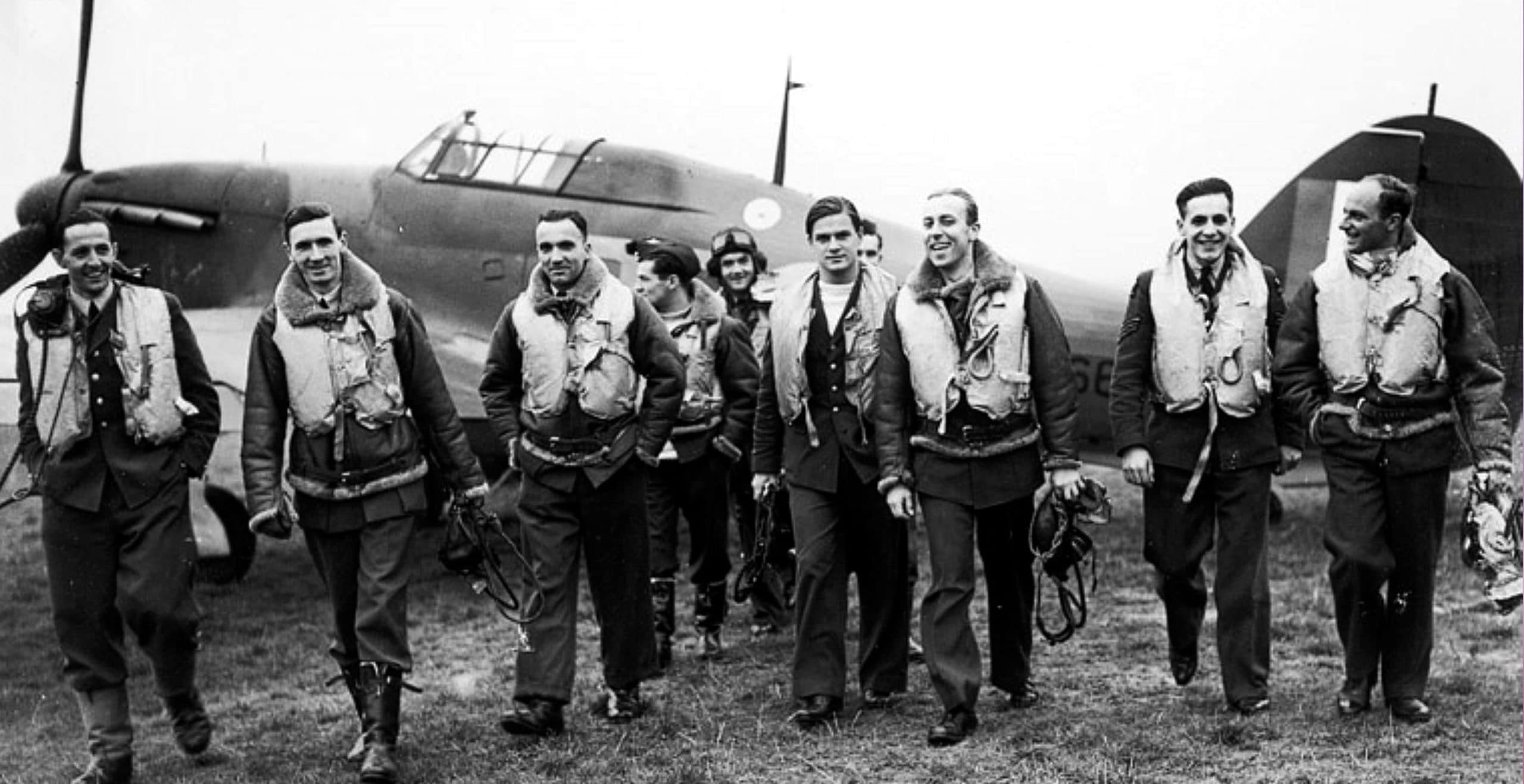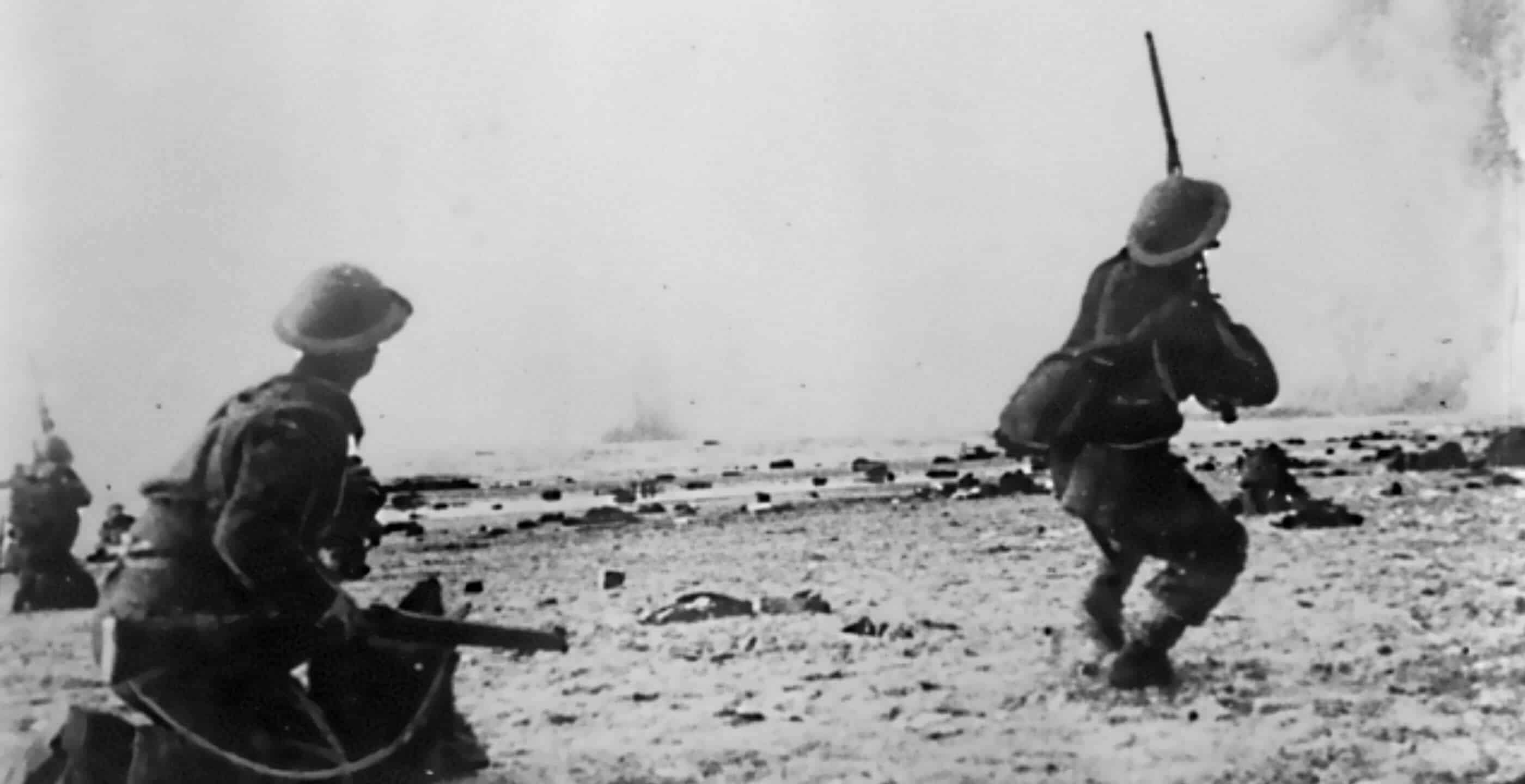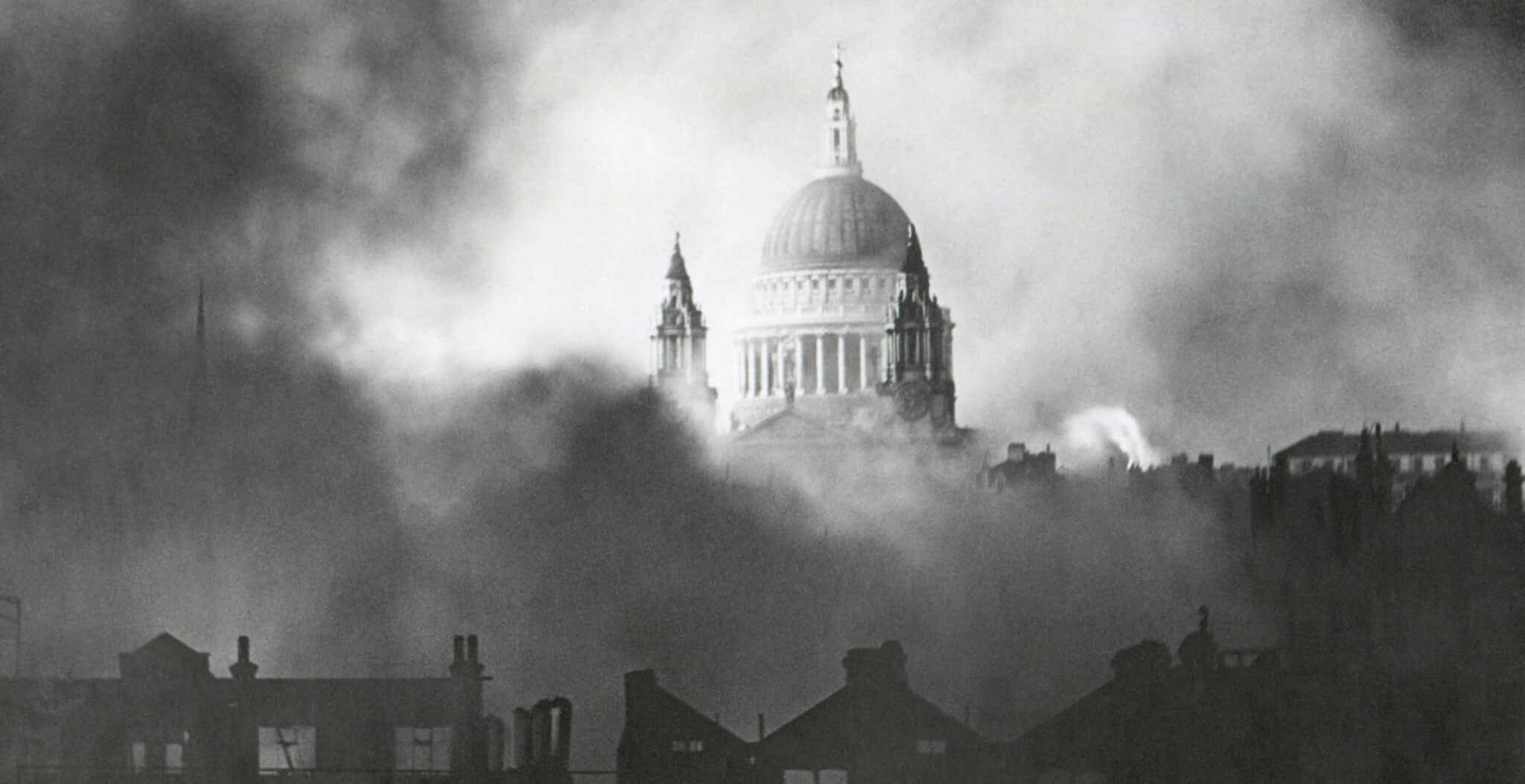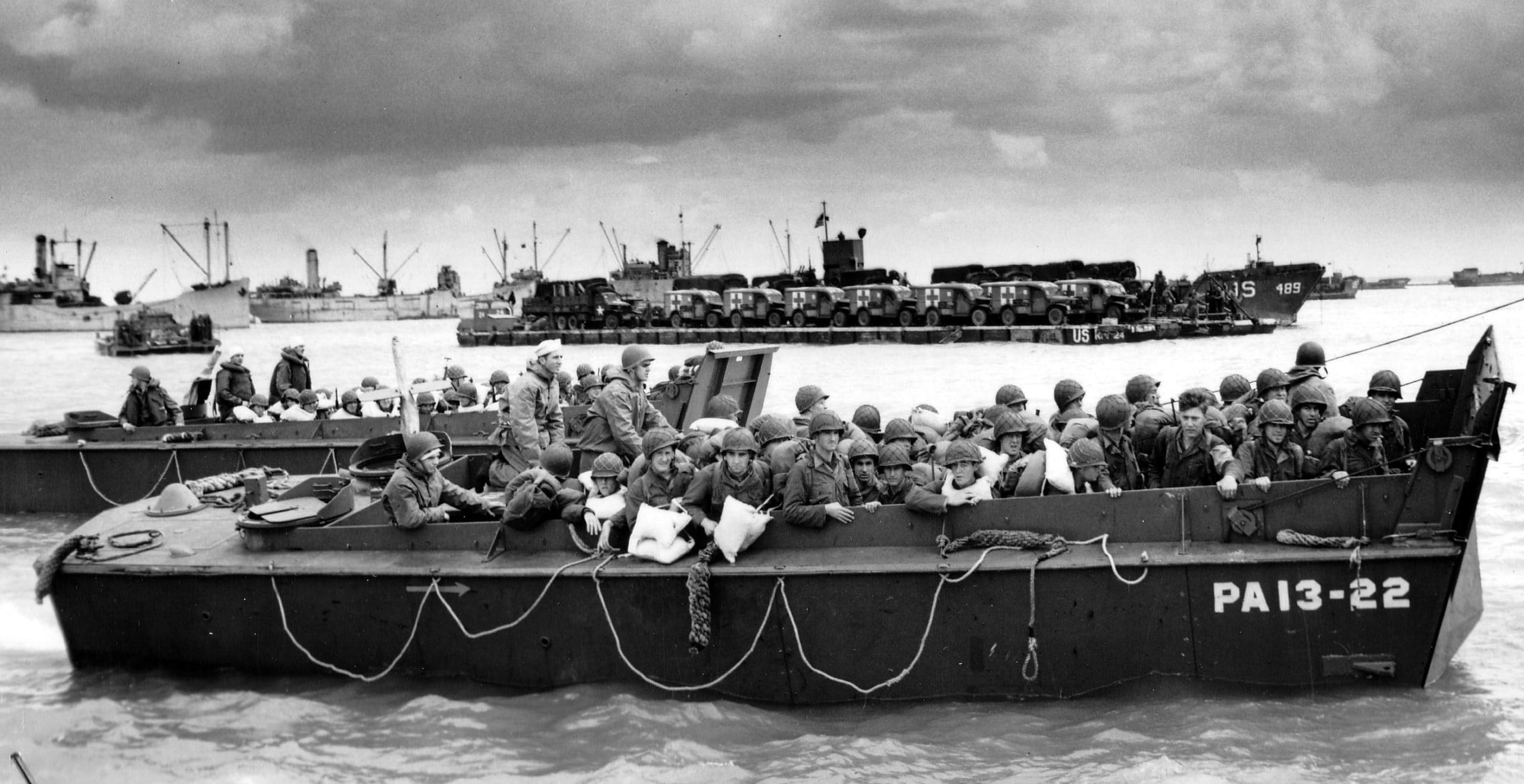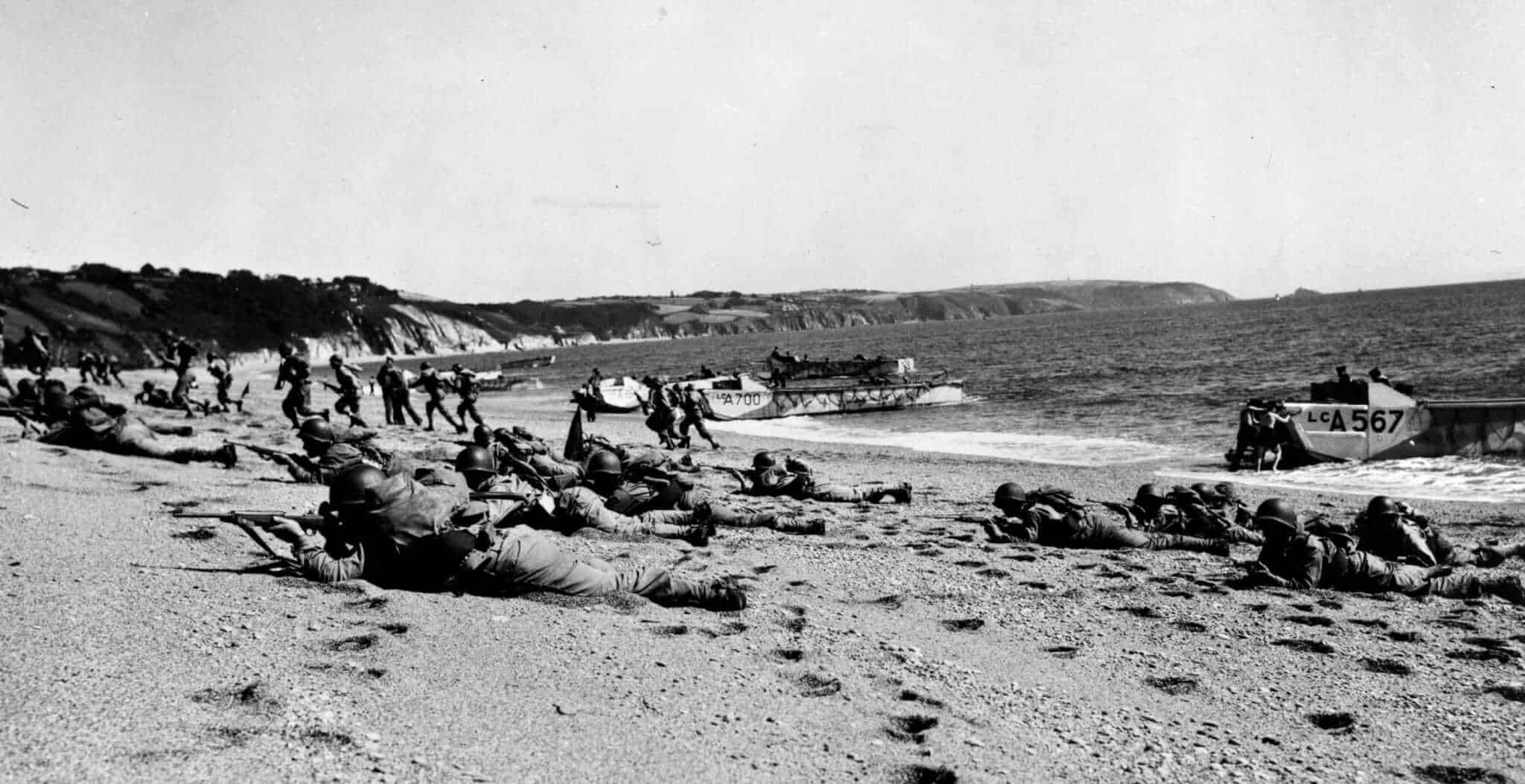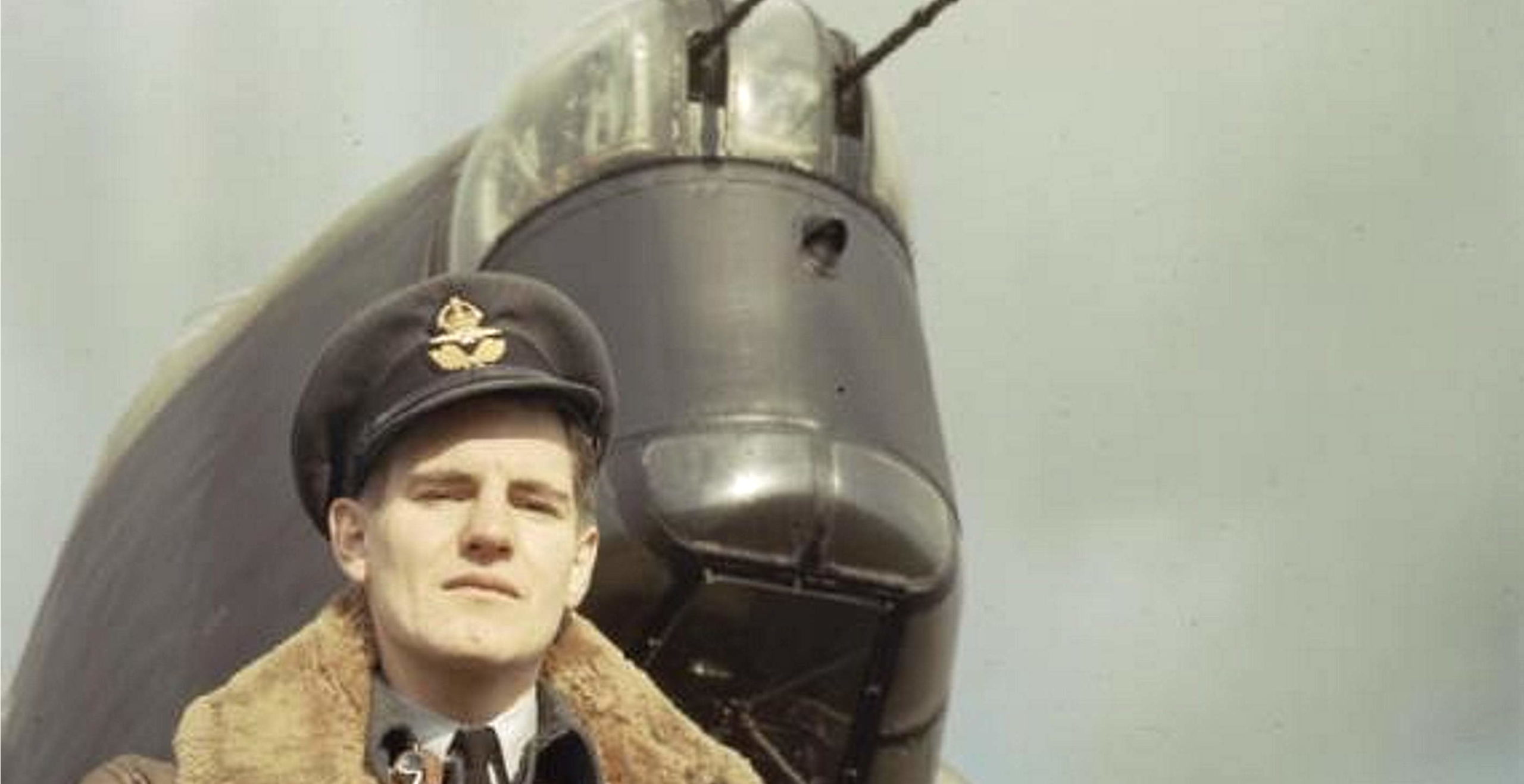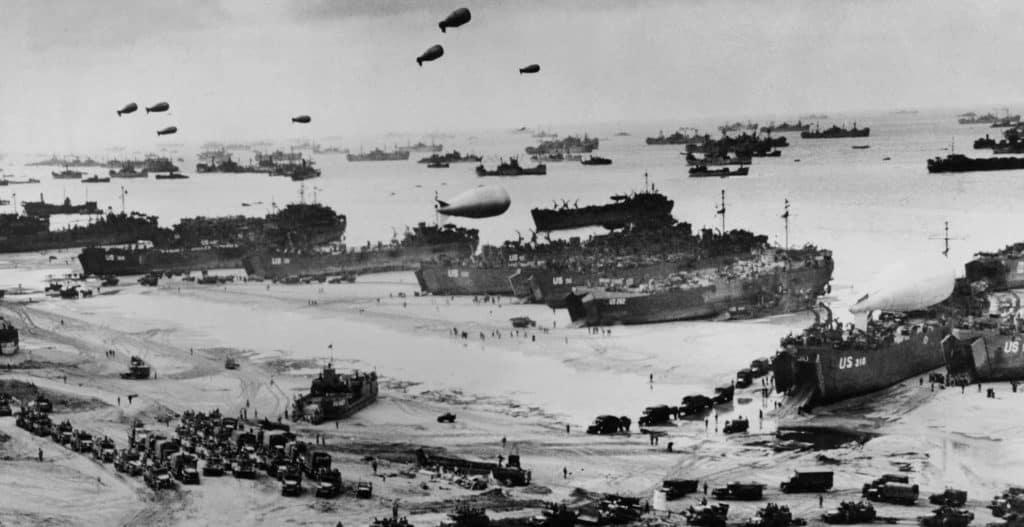Are you astonished by the excessive length of time and extortionate costs that even relatively small scale civil engineering projects seem to attract in today’s world? Then be prepared to take your hat off and congratulate the wartime engineers that dreamt up the colossal scheme that we still rely on to get us all off on our holidays.
Ever wondered where the aviation fuel comes from to power all those jet aircraft that take off and land each day from Heathrow and Gatwick Airports? After all, if it was trucked in by tankers the M4 and M25 motorways would soon be brought to a standstill… even more often than they already are! This then leads to the little known story behind the Government Pipelines and Storage System (GPSS), that was kept a closely guarded state secret until very recent times!
As part of their planning for the possibility of a war with Germany in 1936, the MOD recognised that the country’s very survival could be dependent upon air superiority. The need to keep the RAF’s aircraft flying was to be given top priority. It was estimated at that time the country only had enough aviation fuel reserves to survive just 10 days of war, and so a plan was conceived to build a series of fuel storage tanks to greatly increase capacity. These would be constructed, partially buried, in order to hide them from aerial attack, and would later prove invaluable, supplying the vital fuel needed to power the Spitfires and Hurricanes that would slowly gain victory in the Battle of Britain over the summer of 1940.
Following the declaration of war in September 1939, the vulnerability of existing road and rail distribution networks to airstrikes by enemy bombers was also recognised. The planners quickly set into motion the next phase of their operation… joining together Liverpool’s Stanlow Refinery with Bristol’s Avonmouth Docks via a secret underground pipeline would ensure fuel distribution could be maintained irrespective of which port the oil was actually landed. The whole project was completed and operational by 1942.
And so on to the next phase… a secret underground network of pipes to deliver aviation fuel from the two western seaports to the key RAF airfields in the Midlands, south and east of England. Oh… and just to make the task a little more challenging, to avoid detection by enemy reconnaissance aircraft, construction of the pipeline was to be mainly carried out at night.
Over the months ahead this underground network expanded to reach RAF bases in Berkshire, Essex, Kent, Lincolnshire, Middlesex, Norfolk, Oxfordshire and Wiltshire, providing vital fuel for the new Lancaster bombers that were beginning to take the fight to the enemy in occupied Europe.
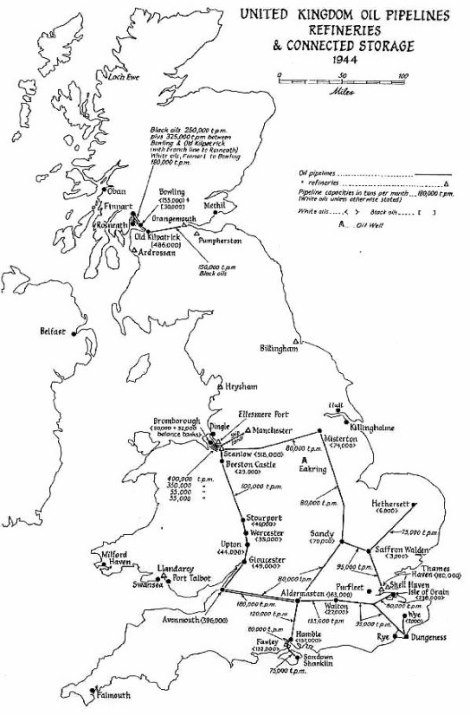
Photo by Brian Hughes
After the Americans joined the war against Nazi Germany, this 1,000 mile long pipeline network was increased to supply the hastily constructed USAF airfields. The fight was now entering its next phase, with British and American bombers carrying out joint raids together over Germany itself.
In August 1944, the network was expanded even further when Operation Pluto (Pipe-Lines Under The Ocean) was completed, providing the Allied armies that had landed in occupied France on D-Day, 6th June, with the fuel for their tanks and other armoured vehicles. This 70 mile long underwater extension stretched from Shanklin Chine on the Isle of Wight across the English Channel to Cherbourg in Normandy.
And as the Allied troops advanced further into Europe so the pipelines extended with them, eventually reaching the banks of the Rhine River.
In the decades following the war the pipeline was increased even further in order to carry fuel to the new civilian airports that were beginning to appear, creating a network that now spans approximately 1,500 miles. And although still a very well kept secret, the GPSS was sold to a Spanish company in 2015 and renamed the CLH Pipeline System.
Published: 7th December 2014.
